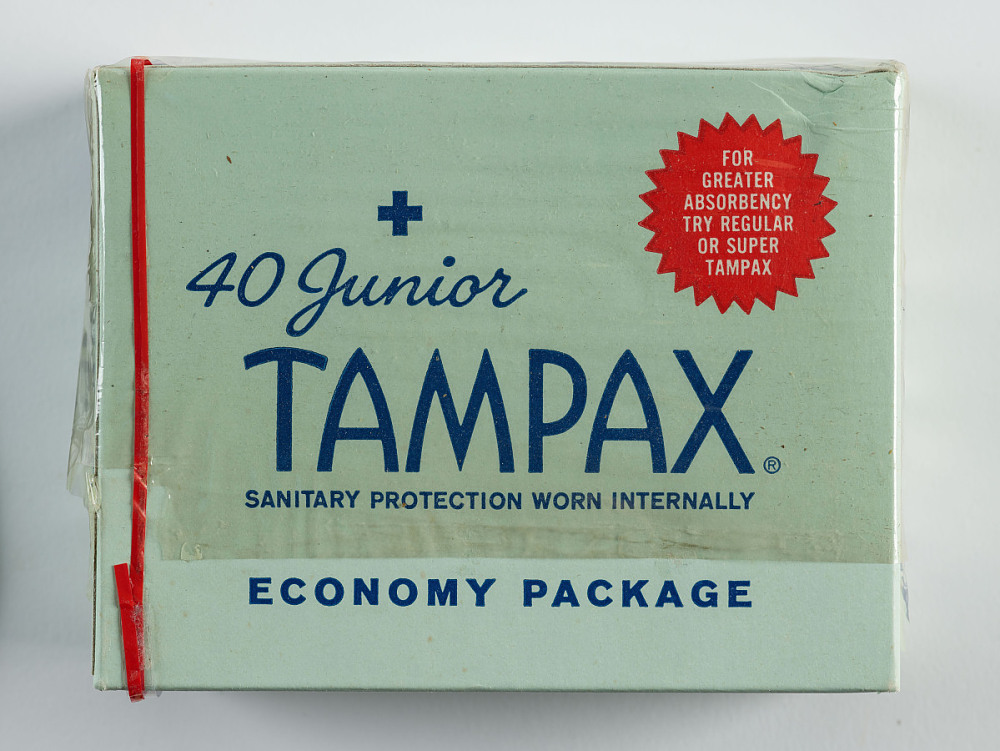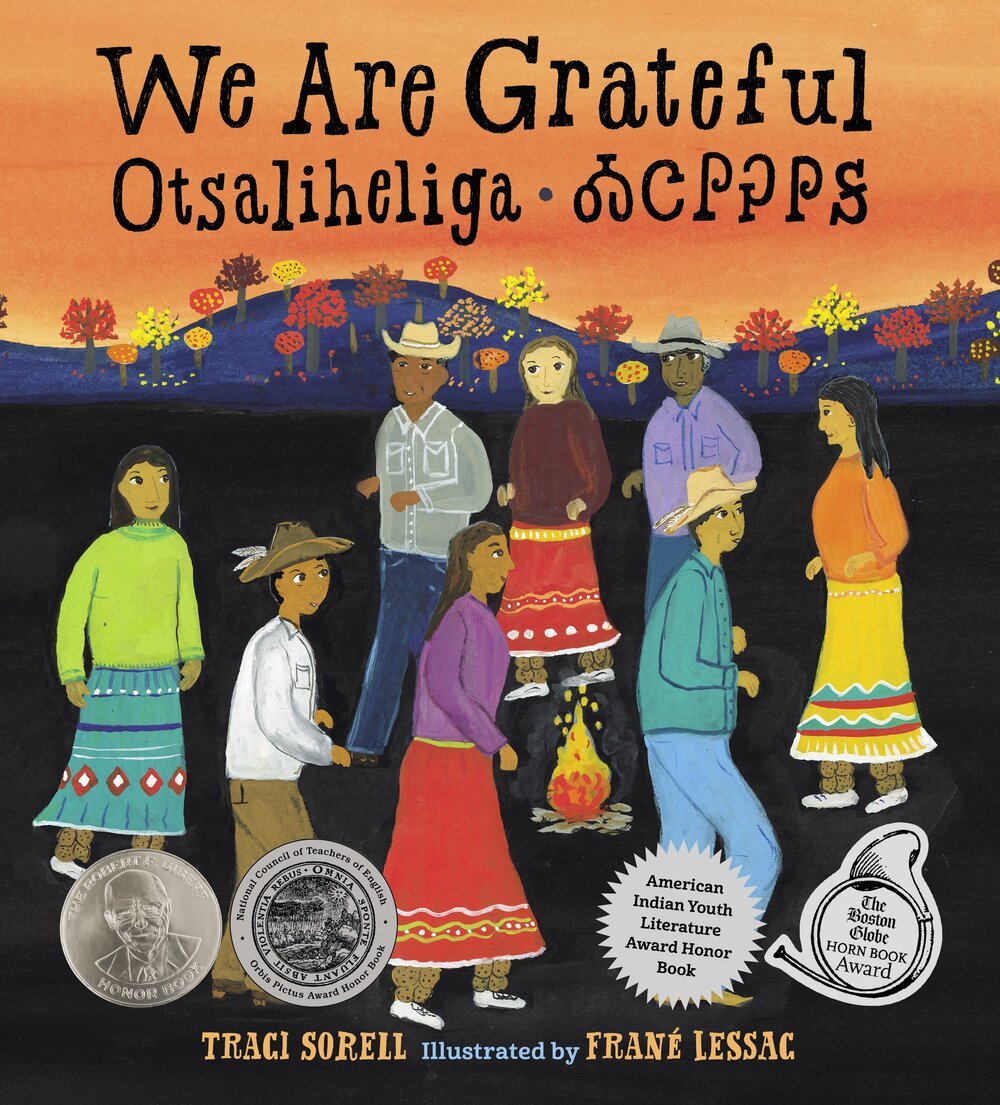As COVID-19 deaths spiked in 2020, Suzanne Firstenberg’s public art installation "In America: How could this happen…"
Museum Artifacts

Grade Range:
K-12
Resource Type(s):
Artifacts, Primary Sources
Date Posted:
6/10/2009
Called upon by the British government to help fight the French in Canada in 1689, Massachusetts authorities were hard-put to comply, because official money was unavailable. The Hull/Sanderson mint, which had created Pine Tree Shillings and other coins, had been closed on Crown orders years before

Grade Range:
6-12
Resource Type(s):
Artifacts, Primary Sources
Date Posted:
5/23/2014
This robot was constructed in 1987 by Dr. Kenneth Kinzler and his colleagues at the Johns Hopkins Oncology Center's Molecular Genetics Lab run by Dr. Bert Vogelstein. It was used to conduct PCR in research on the p53 gene, which is linked to 50 percent of human cancers. Polymerase chain reaction,

Grade Range:
5-12
Resource Type(s):
Artifacts, Primary Sources
Date Posted:
12/29/2010
On May 22, 1863, Ulysses Grant sent brigades from three corps of the army to assault Vicksburg. While the assault showed some success, a long bitter struggle ensued and the Confederates quickly restored their original lines of defense. Realizing that the city could not be taken by assault, Grant

Grade Range:
5-12
Resource Type(s):
Artifacts, Primary Sources
Date Posted:
12/30/2010
In September 1861 Ulysses S. Grant was appointed Brigadier General of Volunteers by President Abraham Lincoln. Grant directed Sherman to drive through the South while he himself, with the Army of the Potomac, pinned down Gen. Robert E. Lee's Army of Northern Virginia. On April 9, 1865,

Grade Range:
K-12
Resource Type(s):
Artifacts
Date Posted:
9/17/2015
Alfred Vail made this key, believed to be from the first Baltimore-Washington telegraph line, as an improvement on Samuel Morse's original transmitter. Vail helped Morse develop a practical system for sending and receiving coded electrical signals over a wire, which was successfully demonstrated

Grade Range:
K-12
Resource Type(s):
Artifacts
Date Posted:
3/27/2018
Many Chinese men travelled to the United States and became gold miners following the discovery of gold in California in 1849. Woks such as this one were made in China, but brought to California in the 1800s and used by Chinese immigrants. As the mass influx of travelers arrived from a variety of

Grade Range:
K-12
Resource Type(s):
Artifacts, Primary Sources
Date Posted:
9/3/2020
Pennsylvania Germans near the Conestoga River first made Conestoga wagons around 1750 to haul freight. By the 1810s, improved roads to Pittsburgh and Wheeling, Virginia (now West Virginia) stimulated trade between Philadelphia, Baltimore, and settlers near the Ohio River. Wagoners with horse-drawn C

Grade Range:
4-12
Resource Type(s):
Artifacts
Date Posted:
12/30/2020
Menarche, or the onset of menstruation, generated much advice and many attempts to manage girls' bodies in a public way. A box of tampons featuring "no belts, no pins, no pads" from Tampax, geared for young menstruating females. This object is featured in Girlhood (It's complicated).

Grade Range:
K-12
Resource Type(s):
Artifacts, Primary Sources
Date Posted:
5/14/2009
Acupuncture has gone in and out of fashion over the centuries in both China and the West. Part of a 2,000-year-old system of medicine that originated in China, acupuncture spread across Asia and the world with the migration of Asian peoples. In 2002, there were about 15,000 licensed acupuncturist

Grade Range:
K-12
Resource Type(s):
Artifacts, Primary Sources
Date Posted:
2/19/2009
Although introduced by Spanish settlers, the island's carnival celebrations, like mask making, music, and public performance, have developed into uniquely Puerto Rican traditions that also reflect the customs and sensibilities of Puerto Ricans' African ancestors. This carnival mask pictured here



















